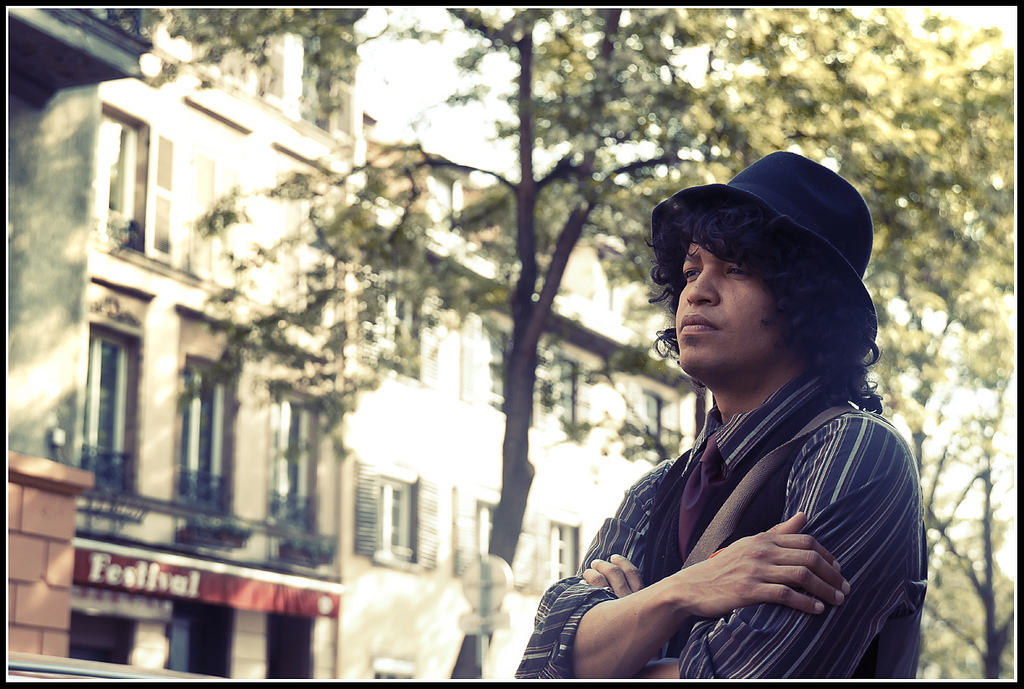Anger comes in many shades, from miffed to murderous. Each shade looks and feels different. When a person is miffed, he might roll his eyes or make a snarky comment. When a person is enraged to the point of being murderous, adrenaline is pumping through his body, making him tense, flushed, and ready to punch someone.
Anger expresses itself differently in different people. No two people respond to anger the same way. Some tend towards melodrama while others keep a tight rein on their emotions. For example: Some teachers constantly yell at their students in order control the classroom. Others rarely raise their voice. I remember being more terrified the one day my normally serene homeroom teacher raised his voice than I ever was at the threats of the constant shouters.
[bctt tweet=”With all this variability, writers must take care to describe anger in convincing and imaginative ways.” username=””]
Here are five questions to ask when a scene calls for anger.
- Where am I in the story? A story builds tension as it moves towards the climax. You want to slowly increase emotional intensity, and peak during the climax. That doesn’t mean your characters can’t be angry in earlier scenes, but do keep the overall arc in mind. You should allow your characters room to let their emotions grow and deepen, especially those that will be significant in the climax.
- What nuance am I looking for? Look up anger in a thesaurus and scan the synonyms. Select one that best captures the nuance of the emotion your character is feeling. Next, determine what sorts of physical and mental responses suit that specific emotion. A good resource for this is The Emotion Thesaurus by Angela Ackerman and Becca Puglisi.
- How does my character’s personality affect how she responds? Some temperaments are naturally more expressive than others. Some characters have volatile tempers while others have learned to stuff their emotions (until the clever writer forces them into a corner and suddenly they can’t hold them in any longer). Like in the school example above, one character’s shout may indicate frustration while another character would only shout when furious. Try to keep your characters’ responses consistent and appropriate for their personalities. And always keep in mind that your characters’ responses to anger are probably different from your own.
- Is the response appropriate for the situation? I remember a girl in high school who acted by using stock emotions that she put on and off like a mask. All angry scenes had the same intensity, regardless of the situation. If I had the emotional sophistication to detect this two-dimensional acting in high school, your readers can detect similar lack of authenticity in your characters. A character should not become irate when someone cuts in front of them in line—unless you have built the story to explain why the character reacts so out of proportion to the offense.
- What emotion(s) underlie the anger? Sometimes anger is just anger, but often the root of anger is some other emotion, such as fear, guilt, or shame. Humans often use anger to conceal other emotions, intentionally or unintentionally. Consider a character’s backstory and their inner issues. When is their anger response actually hiding something deeper? Do they realize it or not? How can you bring that deeper emotion to play on the page?
Anger. It’s a powerful emotion. Use it wisely.
[bctt tweet=”What other emotions does anger hide in your characters? #writer #amwriting” username=””]






No Comments